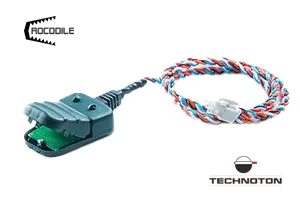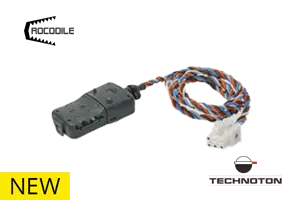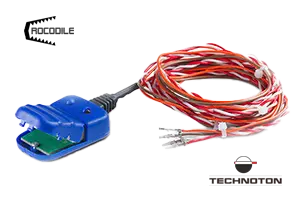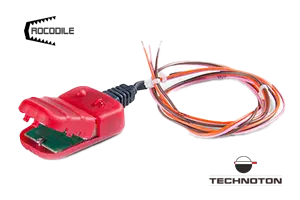CAN bus is essentially a communication channel within vehicles and stationary machinery, facilitating signal exchange between Electronic Control Units (ECUs) and other devices. When we talk about “CAN bus,” we’re usually referring to the entirety of the CAN J1939 standard, and in the context of commercial transport, we’re specifically referencing the upper layer CAN J1939/71.
CAN bus yields a wealth of telematics data that’s useful for diagnostics and operation tracking. This includes information such as oil temperature and pressure, coolant level, engine revolutions, fault codes (DTC), fuel level, mileage, engine hours, vehicle speed, and sensor status.
GPS tracking and vehicle telematics systems employ this information for remote monitoring of equipment status and operation parameters. It aids in planning maintenance, controlling fuel consumption, and monitoring engine operating time. To learn more about the specific problems being addressed, read further.
How to get data from CAN-bus into GPS monitoring system?
It’s generally not advisable to create a direct electrical connection to CAN high and CAN low wires. This could risk causing disturbances within the bus, and control units may identify the GPS tracking device as an intrusive component, potentially signaling a non-existent error and putting the vehicle into service mode.
To securely read data from CAN bus, consider using Crocodile contactless sniffers. These devices are engineered for effortless attachment to CAN wires, and they can read signals without requiring electrical contact. The gathered data is then transmitted to a monitoring device, such as a telematics gateway, for further analysis.
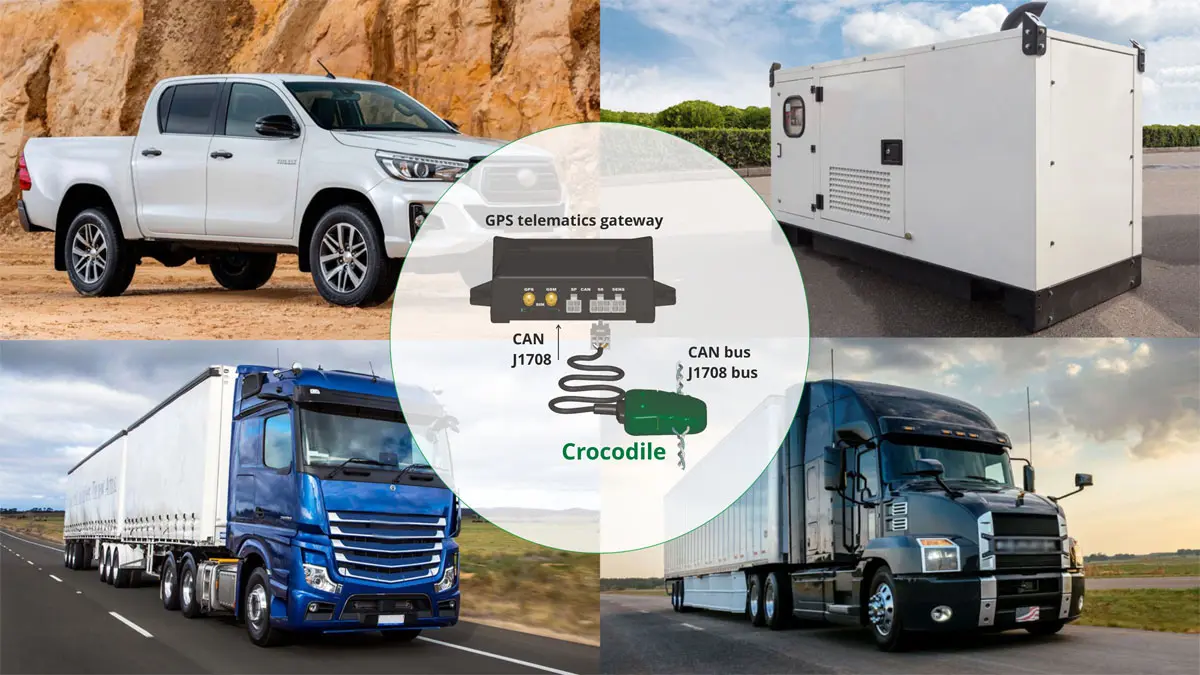
Benefits of using contactless CAN bus sniffers (readers)
CANCrocodile sniffer, a type of contactless reader, provides a simple and efficient way to interface with CAN bus (J1939). It can attach to CAN bus wires and read signals without disrupting wire insulation, ensuring a preservation of any warranties or service agreements from equipment manufacturers. After obtaining signals from CAN bus, CANCrocodile sends them to a GPS-tracking device or telematics gateway.
Key features of Crocodile bus sniffer
- Supports SAE j1939, SAE J1708, ISO 11992-2, CAN Open, DeviceNet, and NMEA 2000.
- Readable speed of CAN J1939 bus – up to 1,000 Kbit/s.
- Message skip rate when reading CAN is up to 1%.
- Installation is a breeze with its reliable wire fixation and housing sealing.
- Undetected by ECU and does not reflect signals back into the bus.
- Visual control of reader operation – LED light indication;
- Broad compatibility with vehicle GPS trackers and telematics units.
1. Gathering data from a car’s CAN bus

Cars utilize a mixture of both standard and proprietary protocols at their higher layer within CAN bus system. Message formats are typically defined by car manufacturers, not the SAE standards. CANCrocodile efficiently reads and transmits all signals without any loss, regardless of a protocol composition, as long as the CAN 2.0B interface is used at the physical layer.
Given that cars often have limited space for additional wiring, smaller devices like CANCrocodile Mini and CANCrocoLITE are ideal. Their compact sizes allow them to be installed even in densely packed car wiring harnesses.
This setup is utilized to gather car operation parameters such as ignition on/off status, oil temperature and pressure, coolant level, RPM, trouble codes (DTC), fuel level and consumption, and speed. These parameters are essential for fleet management systems (GPS monitoring), insurance telematics, carsharing telematics, and remote car diagnostics.
2. Reading CAN bus on trucks

Trucks often have over six different CAN buses for transmitting data from ABS, EDS, ECAS, ECU, and other units and sensors. CANCrocodile can be safely connected to a specific bus to extract required parameters and transmit unchanged data to a telematics gateway.
FMSCrocodile, a unique reader, allows data integration from several CAN buses and transmits parameters to a GPS tracking device’s single CAN-port. This feature is useful when you need to simultaneously read messages located on separate CAN buses. The device generates an automatic trip fuel consumption counter (in case it’s not already available) by utilizing hourly consumption data from CAN bus.
Besides reading FMS group messages, FMSCrocodile generates Telematics format messages (a development by Technoton based on CAN J1939/71). The Telematics format simplifies data parsing by organizing the 15 most critical parameters (SPN) into three groups (PGN) of messages.
This setup is utilized to monitor various parameters including fuel level and consumption, engine RPM, DTC errors, trailer connection status, idling time, seatbelt usage, tire pressure, harsh acceleration or braking, and others used in driver monitoring, vehicle diagnostics, and vehicle tracking systems.
3. Collecting data via CAN bus of stationary machinery

Modern stationary equipment such as power generators, pumping units, and heating equipment often incorporate a CAN bus. This system unifies various electronic devices and sensors into a single network, and CANCrocodile can be used to safely connect to it.
This setup is utilized to monitor engine parameters, error control, operating time, and other parameters for remote monitoring systems of diesel generator sets, boilers, and burners.
Types of Crocodile CAN bus sniffers
CANCrocodile, along with its advanced compact version CANCrocodile Mini, are designed to safely read data from CAN bus and transmit it, unaltered, to telematics devices. CANCrocoLITE is a slim, open-frame version of a CAN bus reader. Its flat design makes it ideal for installations where space is limited.
This device enables reading of data from J1708 bus and can also be used to retrieve data from RS-485 bus wires.
This reader-converter is used for gathering data from CAN bus and generating readily available information about fuel consumption and primary operational parameters of machinery..
This device controls gasoline and gas consumption by reading injector pulses.

